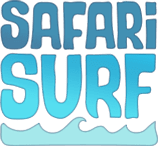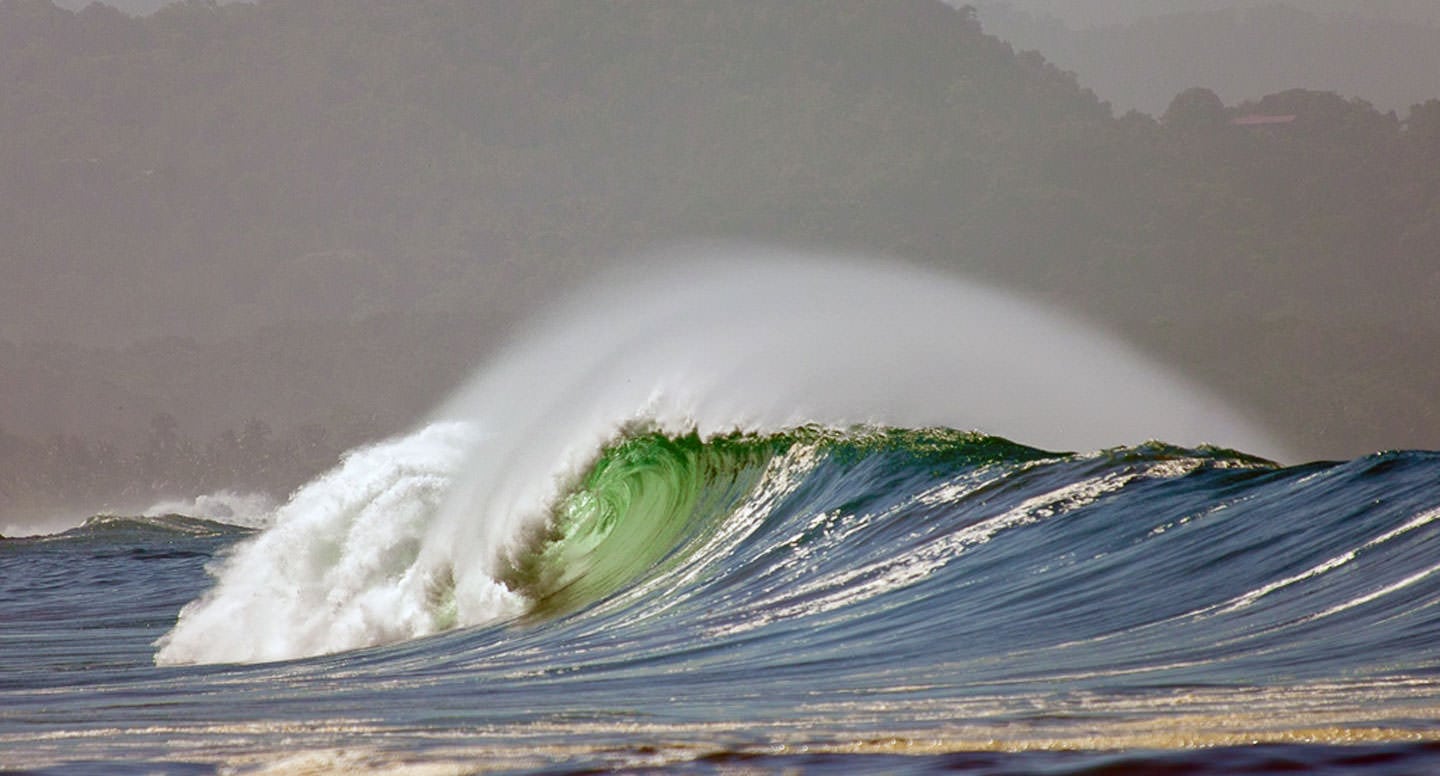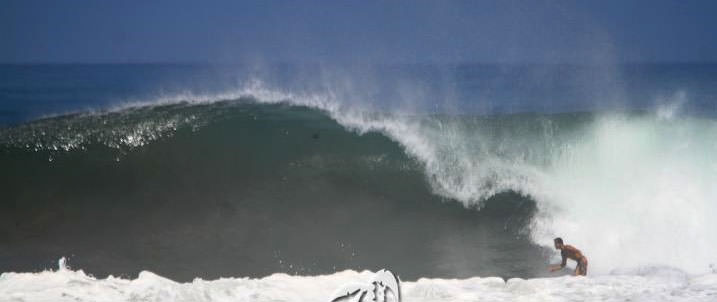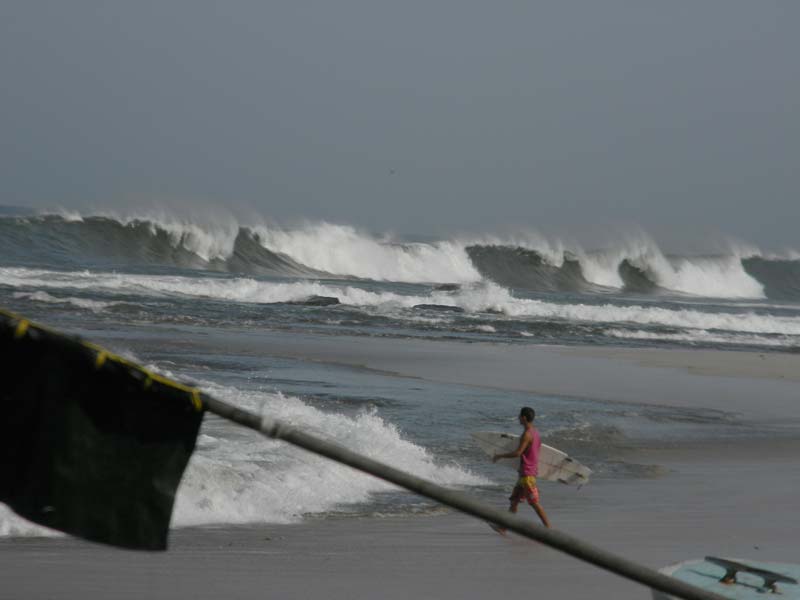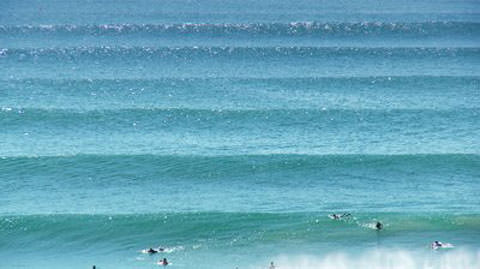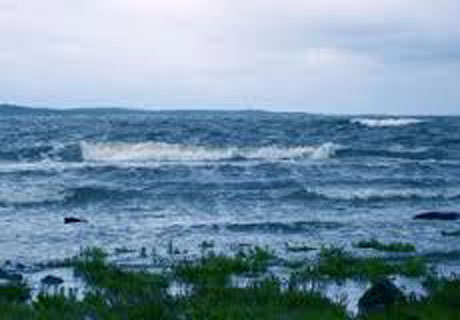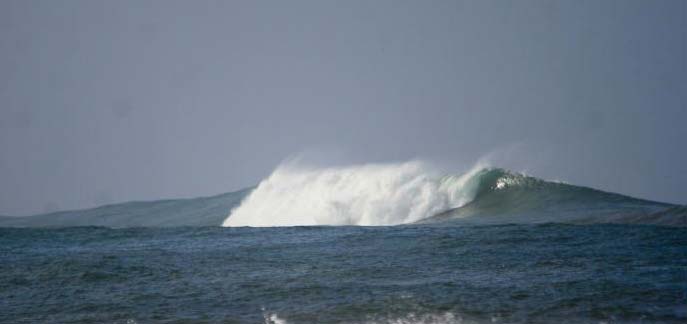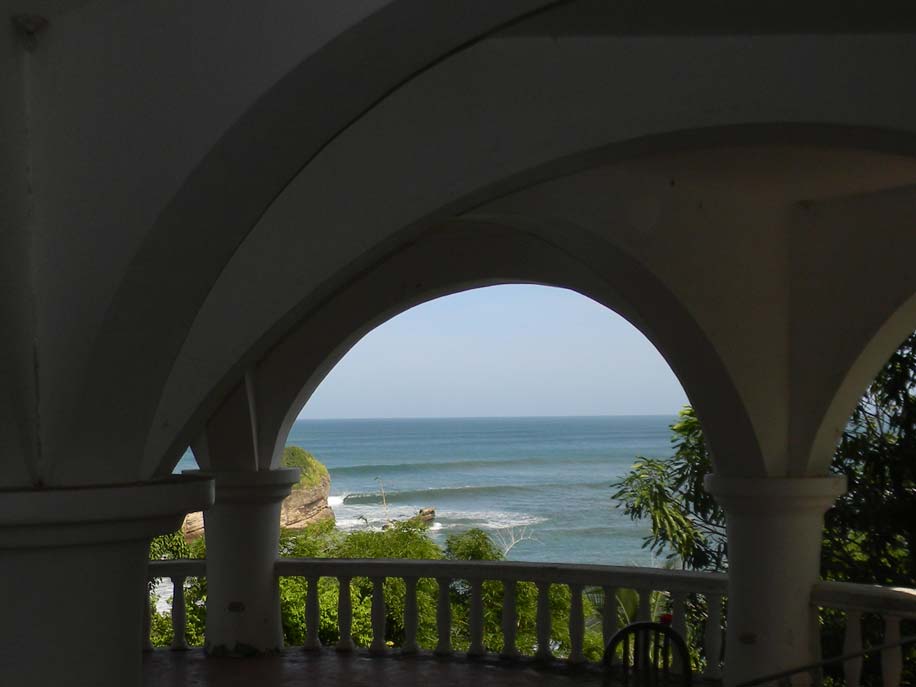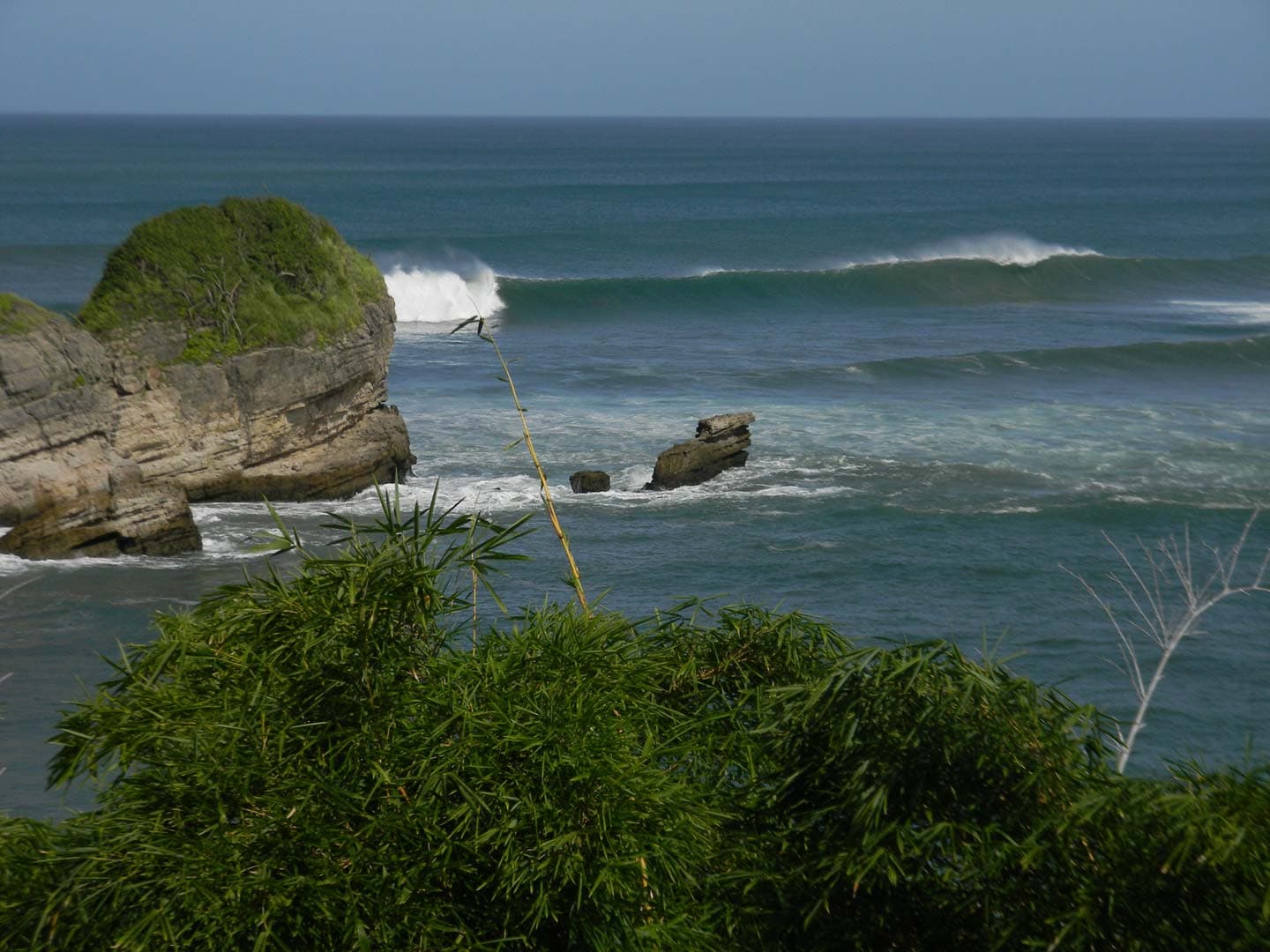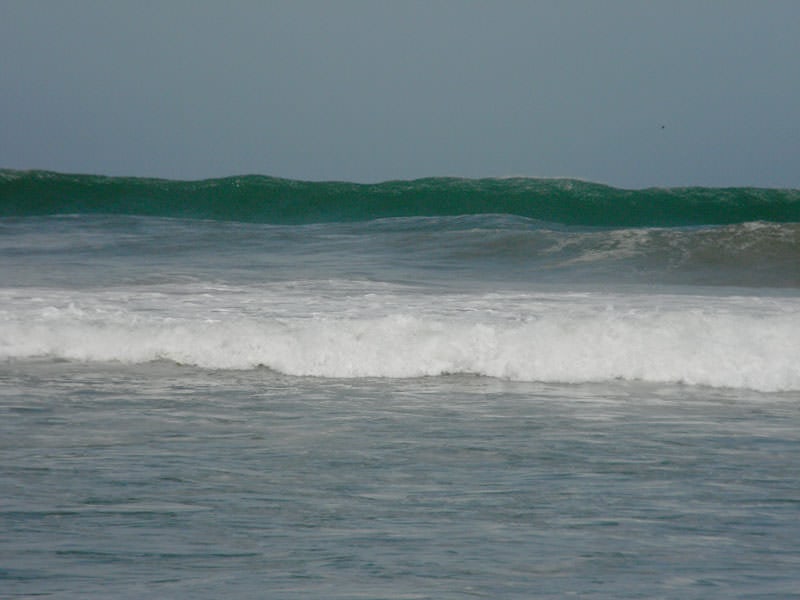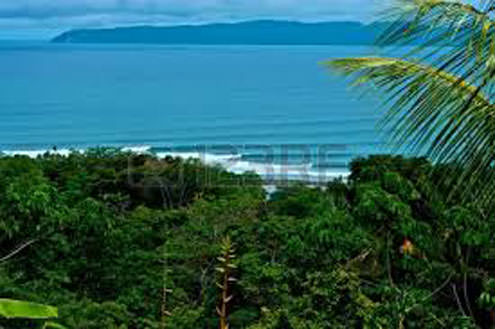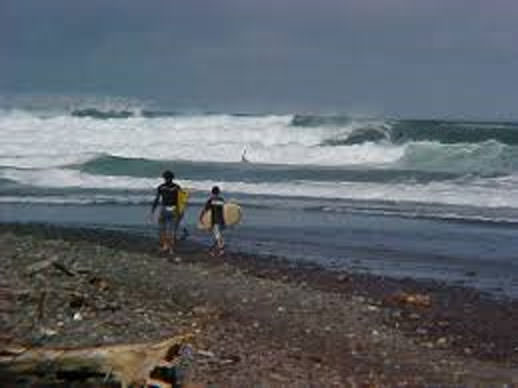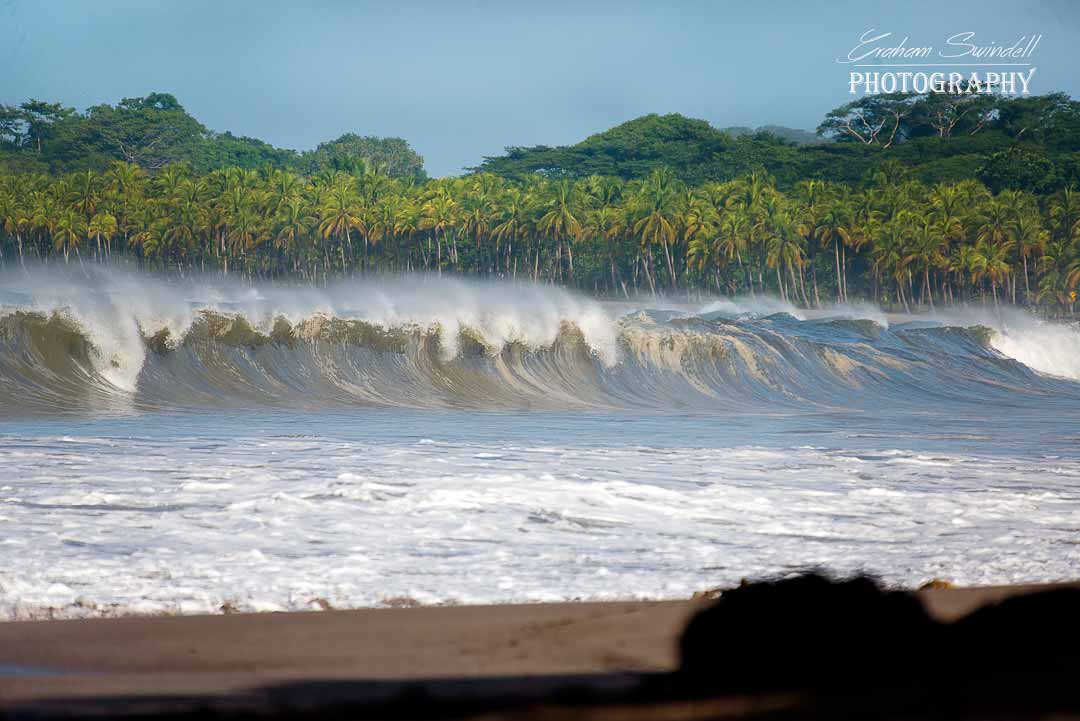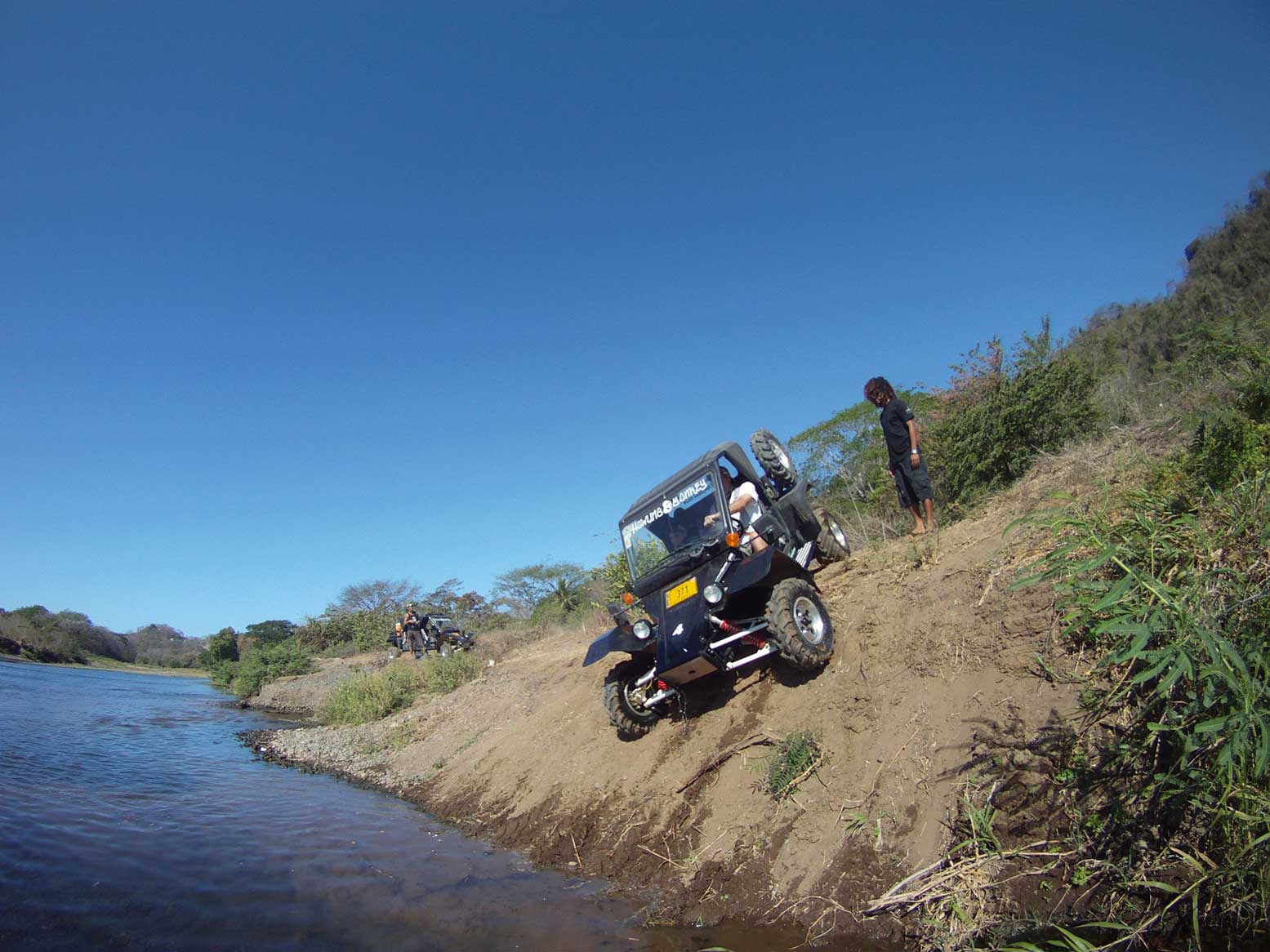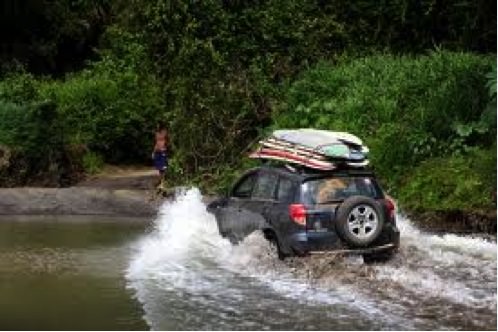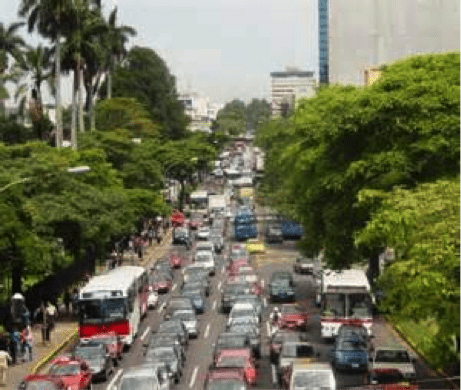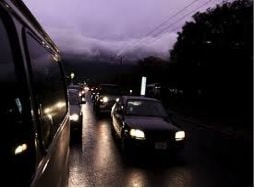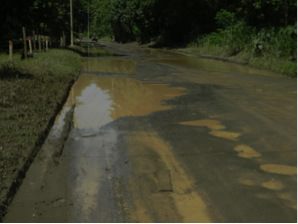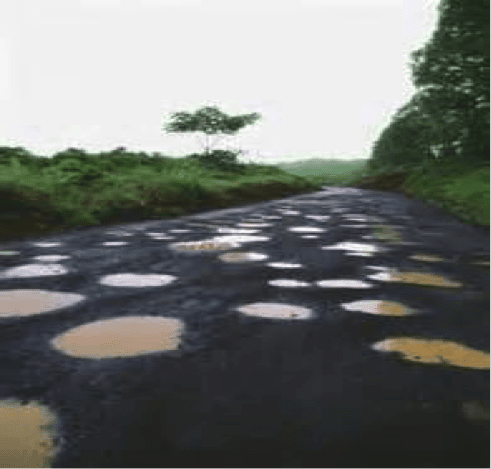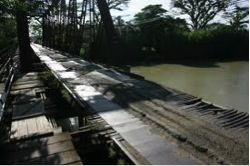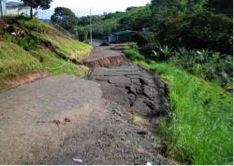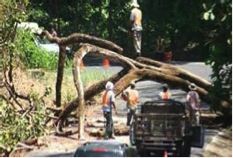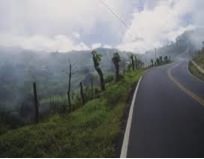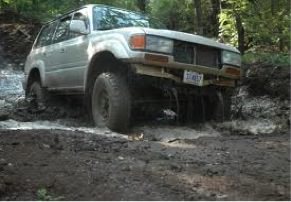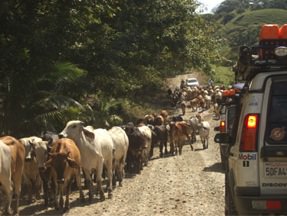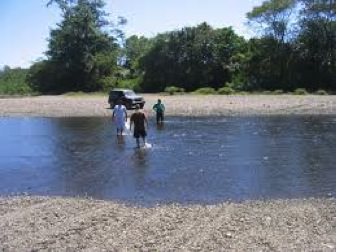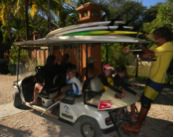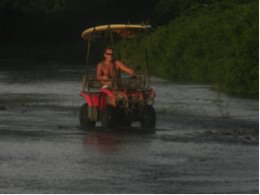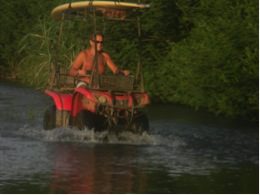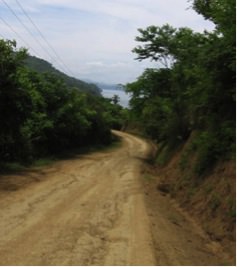EL VERANILLO de SAN JUAN
“Little Summer”

We have been experiencing a long stretch of beautiful dry sunny weather and all day offshore winds this month, more so than in past years. The locals refer to these dry spells as the “veranillo”, which means ‘little summer’. I have read in various guide books that the actual name of this phenomenon is ‘El Veranillo de San Juan’. Being a surfer/ armchair meteorologist (and also the son of a real life one), I like to probe a little deeper into these things and learn a little more about what makes this place tick. I never did find out who San Juan is/was and what he has to do with this weather trend, but I reckon surfers owe him a debt of gratitude for these awesome off-season surfing conditions.


El Niño
Most likely we all have heard by now that scientists are confirming that another El Niño is developing. El Niño means The Little Boy, or Christ Child in Spanish. El Niño was originally recognized by fishermen off the coast of South America in the 1600s, with the appearance of unusually warm water in the Pacific Ocean. The name was chosen based on the time of year (around December, i.e. The Christ Child) during which these warm water events tended to occur. The term El Niño refers to the large-scale ocean-atmosphere climate interaction linked to a periodic warming in sea surface temperatures across the central and east-central Equatorial Pacific. Typical El Niño effects are likely to develop over North America during the upcoming winter season. Those include warmer-than-average temperatures over western and central Canada, and over the western and northern United States. Wetter-than-average conditions are likely over portions of the U.S. Gulf Coast and Florida, while drier-than-average conditions can be expected in the Ohio Valley and the Pacific Northwest. For Costa Rica the implications point to a dry rainy season.

El Niño: warmer than average waters in the Eastern equatorial Pacific ( in orange, affects weather around the world.
The real concern in Central America of course is severe drought and water shortages. For surfers lucky enough to be here, it all feels like a tropical fantasy.

Disclaimer: the world’s weather is changing. As much as we try to understand it all scientifically don’t be surprised when another weather surprise springs up – like last night, in the midst of a seven day dry spell the thunderstorm from hell dropped six inches of rain in one hour! As Saturday Night Lives’ residence weather man Father Guido Sarducci proclaimed: “It all depends on the weather”.
Enough science! Now the photos tell the story…
El Veranillo – the Goods and Bads



MUCHO POLVO – DUST!


Dry river mouths = new sandbar formation and pristine beaches


Sand Factory

Jennifer planned to stay with us a week – it turned into a month and counting!

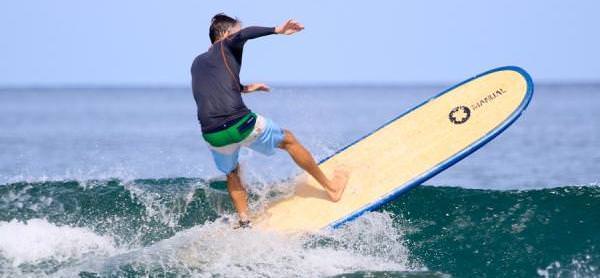

Edyie Scott Anya


Next Bay Over

“It all depends on the weather”
The skies open for 6 inches of rain!

